Many children will have trouble at school, especially if they have certain behavioral issues. This will prevent them from putting their focus on education. Thus they cannot finish their educational tasks. This may cause disruptions in the classroom and get them in trouble repeatedly. As a teacher, creating a behavior plan template will be an excellent way to provide assistance to your students.
Table of Contents
What is a behavior plan?

A behavior plan, also known as a behavior support plan or a behavior modification plan template, is a document that teaches good and desirable behaviors in children and rewards them for their efforts. Some schools and pediatricians recommend the use of a behavior support plan to remove disruptive tendencies, aggressive behaviors, lousy eating habits, lack of concentration in studies, etc., from children.
Behavior Plan Templates
Behavior plan templates are pre-designed tools used to create structured plans for addressing and managing challenging behaviors in individuals. These templates provide a framework for designing interventions and strategies that aim to modify behavior, promote positive alternatives, and create supportive environments.
Behavior plan templates typically include sections that outline the target behavior to be addressed, the goals and objectives of the plan, the strategies and interventions to be implemented, the roles and responsibilities of individuals involved, and the methods of monitoring progress and evaluating effectiveness.
Using a behavior plan template helps ensure consistency and systematic approach in addressing challenging behaviors. It provides a roadmap for understanding the underlying causes of the behavior, identifying triggers and antecedents, and implementing evidence-based interventions to bring about positive change.
What is the purpose of a behavior plan?
The behavior intervention plan template monitors a person’s behavior and encourages them to change the undesired attitudes, beliefs, and associations. This, too, encourages them to modify their response to specific situations that typically trigger maladaptive reactions. If you are looking for a behavior intervention plan template, we have a few on our website that you may consider using when doing your own behavior plan.

Why do you need a behavior plan?
Behavior problems have a way of negatively affecting a classroom. Students can be distracting or even downright aggressive at times, leading to frustration for teachers. However, there are ways to curb these behavior issues and achieve better learning for everyone. One of the best tools for addressing behavior is through behavior intervention strategies. These strategies help create an encouraging environment characterized by collaboration and cooperation.
You may have realized that there is something wrong with your students’ behavior, but you don’t have a clue on how to fix it, what to change, or what steps should be taken. Furthermore, being a teacher can be pretty stressful; thus, it’s essential to have every detail in order not to lose your cool.
Here are significant causes why you may need such a behavior:
-As much as we want to believe that all students are intrinsically motivated to make good choices and behave well, it is important to accept that this is not true. To put it simply, some students are just not like the others, and they need additional support to help them make better behavior. In other words, one of the essential steps to improving behavior is learning the function of behavior. Now I know what you might be thinking: but isn’t there a behavior support plan template available out there? The short answer is yes; there is more than one template/form out there. You also have to build your own form if what you need isn’t available.
-As a behavioral intervention plan template, it’s important to ensure that the students and their families understand the behavior plan and its resources. This is because school personnel and other professionals have to work together and use the same behavior management practices in order to avoid confusion. The Behavioral Intervention Plan Template must focus on using the prevention strategies to reduce future occurrences of inappropriate behaviors of the child. The best plan template starts by evaluating behavior issues with family members, teachers, related professionals, and others who are responsible for determining the effectiveness of the present intervention.
Suggestions for the Teacher in the Management of Undesirable Behavior
Undesirable behaviors can be observed in every classroom, although they have different qualities and intensities, and can be considered a good opportunity to gain appropriate educational experiences.
- Eliminating undesirable behavior first requires understanding the problem correctly. Take the time necessary to understand the problem and avoid commenting.
- Observe how frequent, pervasive, and intense the problem behavior is.
- Produce meaningful solutions to the problem with the understanding that human nature is fundamentally good and that every human being has the potential to improve.
- Express to students often that their behavior is undesirable, not theirs.
- Show a tolerant and determined attitude in the face of problematic behaviors.
- Students learn by making mistakes. Don’t expect them to be faultless.
- Support students’ efforts to express themselves, gain respect and gain an active place in the classroom.
- Show your students that you have optimistic expectations that they will develop positively.
- Motivate your students for positive developments by emphasizing their positive qualities.
- Take care that the lessons and all kinds of educational activities are oriented to the expectations and needs of the students.
- Offer alternative behavior options instead of prohibiting undesirable behavior.
- Establish positive relationships with the family in the management of undesirable behaviors.
Behavior Intervention Plan (BIP): The Complete Guide to Writing an Effective Plan
Creating a behavioral intervention plan can be daunting. It is not an easy task to tell adolescents that their behavior needs to change or outline the steps they need to take to achieve this new behavior. That is why creating a BIP (behavior intervention plan) example is extremely helpful. A BIP example also allows you to work with your adolescent pupil on BIP development and implementation, especially if you are relatively new to working with individuals with behavioral challenges.
The behavior intervention plan template below is an invaluable behavioral guide in the creation of a behavior intervention plan. It provides the framework for a comprehensive, problem-solving approach to creating a behavior intervention plan. It includes the following assessment components:
- parent/teacher report card
- behavioral observation
- teacher/parent interview
- individual student interview
- student/student group interview
- ongoing assessment measures
- student performance data
- You must determine if the cause of the behavior results from something in the environment. If so, then you should consider if you can restructure that child’s learning environment in such a way that it eliminates the cause of the bad behavior. Suppose you can modify the classroom to decrease or eliminate the things that trigger certain behaviors. In that case, this allows you to spend more time replacing that bad behavior and reinforcing good behavior. Behavior modification occurs for several reasons.
- Some children lack the appropriate social skills after letting their emotions get a hold of them and feel like it is appropriate behavior to call out answers in class. If you think that your child suffers from this behavior, it would be best if you got help for them. Some behaviors are learned over time and can be unlearned.
- If your child has been diagnosed with Oppositional Defiant Disorder, you will need to develop a behavior plan. You will have to find ways to replace the child’s undesirable behaviors. You should include how you plan to respond to a child’s dangerous behavior. You must first define “unacceptable” as it isn’t to reinforce punishment when anyone gets angry at the child. One purpose of the behavior plan is to restrict adults from counterproductive or reactive behaviors of their own, like yelling at the child or punishing them.
Conclusion
A behavior plan template is an essential element in working with students that have behavioral problems. It will help you, the teacher, and other stakeholders to understand what works and does not work when it comes to managing students’ behavior. A good behavior plan template helps create consistency between schools, educators, and parents.
FAQs
What is a Behavior Plan?
A Behavior Plan, often referred to as a Behavioral Intervention Plan (BIP), is a strategy-based document that is designed to address and reduce undesirable behaviors and reinforce positive behaviors. It is commonly used in schools and therapeutic settings.
Who needs a Behavior Plan?
A Behavior Plan is typically developed for individuals who display challenging or disruptive behaviors that interfere with their learning, the learning of others, or day-to-day functioning.
How is a Behavior Plan developed?
The plan is developed based on a comprehensive assessment, often a Functional Behavior Assessment (FBA), which identifies the triggers, behaviors, and rewards/consequences of the behaviors. Input from teachers, therapists, family members, and sometimes the individual is incorporated.
What components are included in a Behavior Plan?
A Behavior Plan usually includes the identified undesirable behavior, its triggers, the desired behavior, intervention strategies, and a method for monitoring and evaluating progress.
Who is responsible for implementing the Behavior Plan?
The responsibility is typically shared among all individuals who interact with the person. This can include teachers, therapists, family members, and caregivers. Consistency in implementation across settings is crucial.
How often is the Behavior Plan reviewed?
The frequency of review can vary, but it’s essential to revisit the plan periodically, especially if the interventions aren’t effective or if there are changes in the individual’s environment or circumstances.
Is parental consent required for a Behavior Plan in schools?
In many educational settings, parental consent is required before implementing a Behavior Plan, especially if it may involve physical interventions or restraints.
How is progress measured in a Behavior Plan?
Progress is typically measured by observing a decrease in undesirable behaviors and an increase in desired behaviors. Data collection, like frequency charts or incident reports, can be used to track changes over time.
Can a Behavior Plan be used alongside other interventions?
Yes, a Behavior Plan can be used in conjunction with other therapeutic interventions, educational strategies, or medication regimens, depending on the individual’s needs.
What happens if a Behavior Plan is not effective?
If the plan isn’t effective, it’s crucial to revisit the assessment data, consult with involved parties, and adjust the interventions or strategies as necessary. Continual evaluation and flexibility are key to the plan’s success.





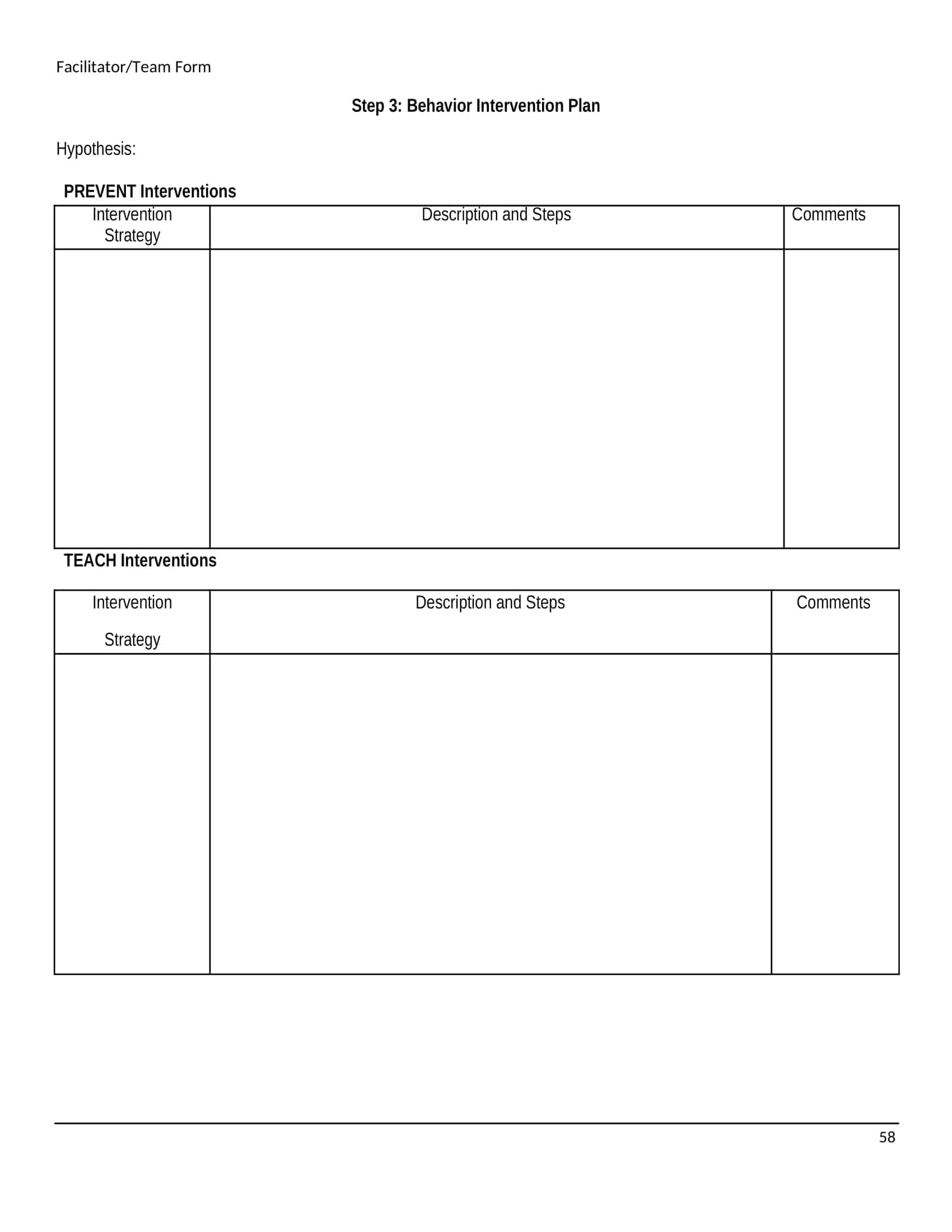








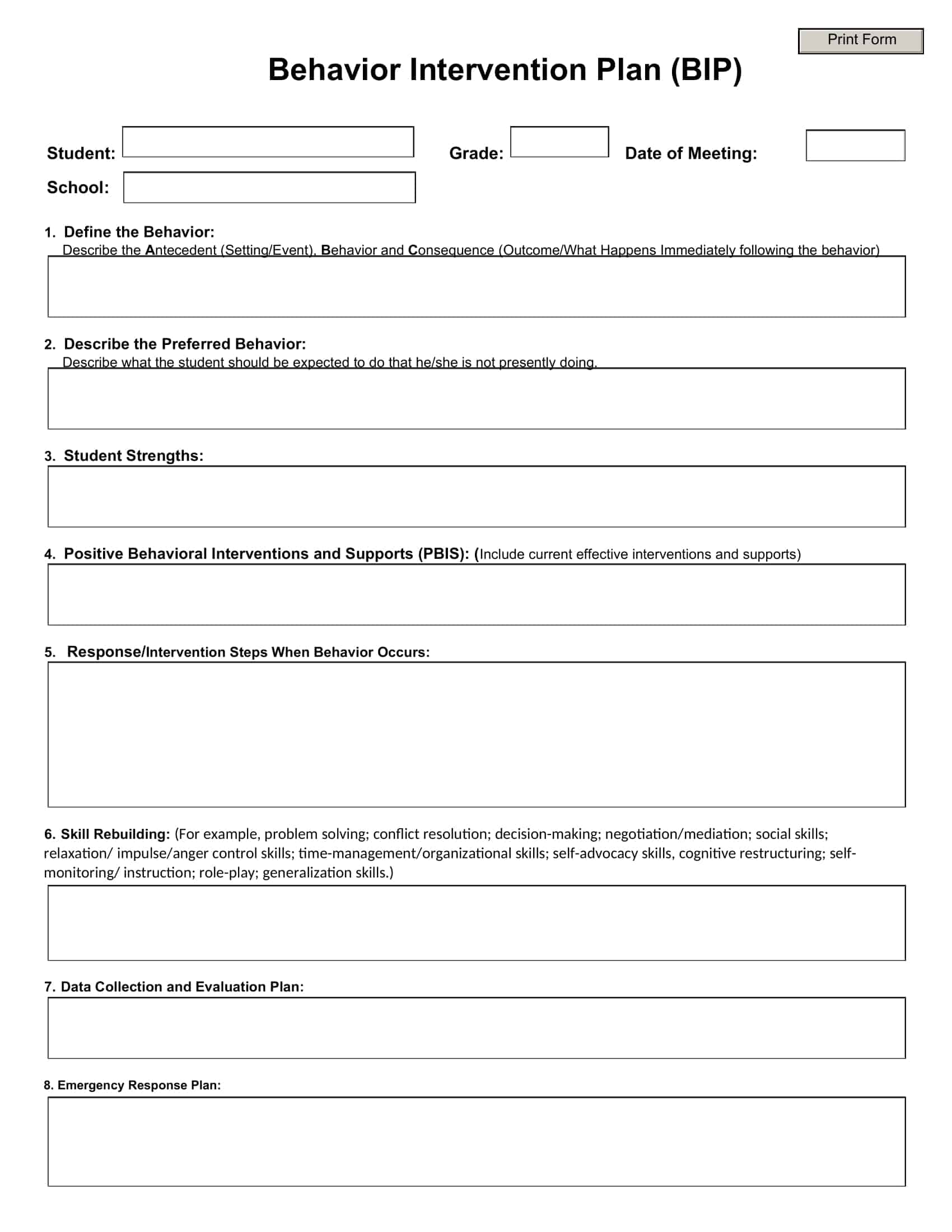






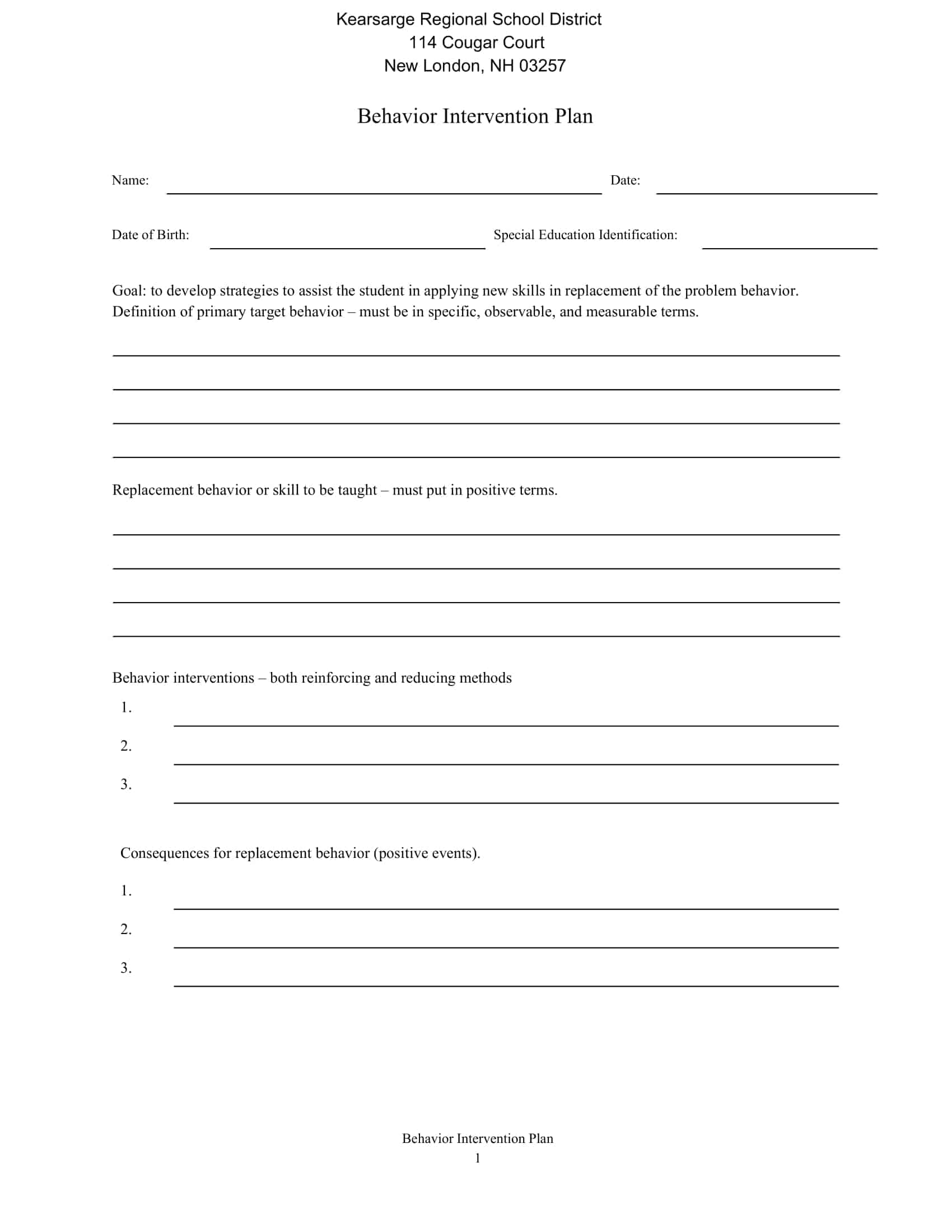


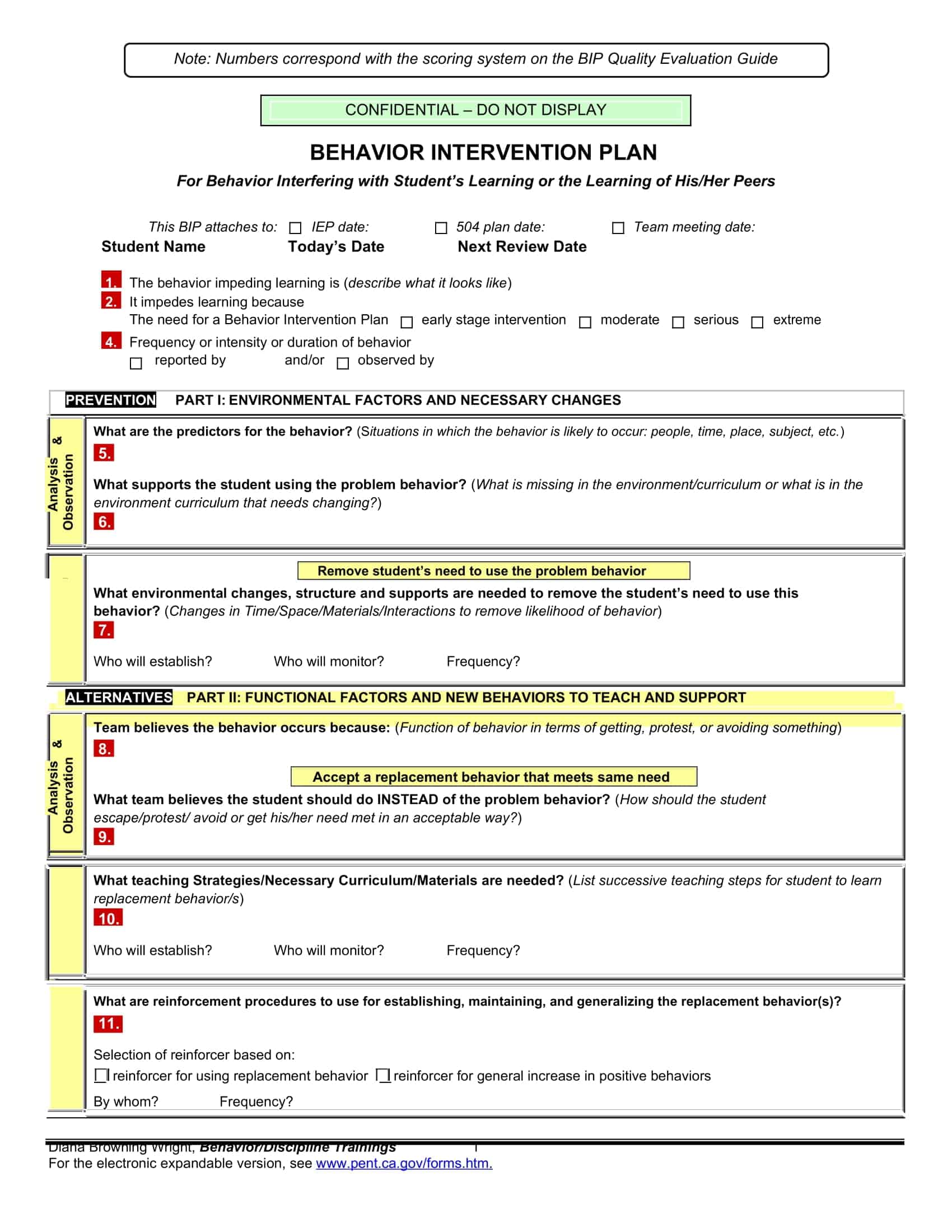

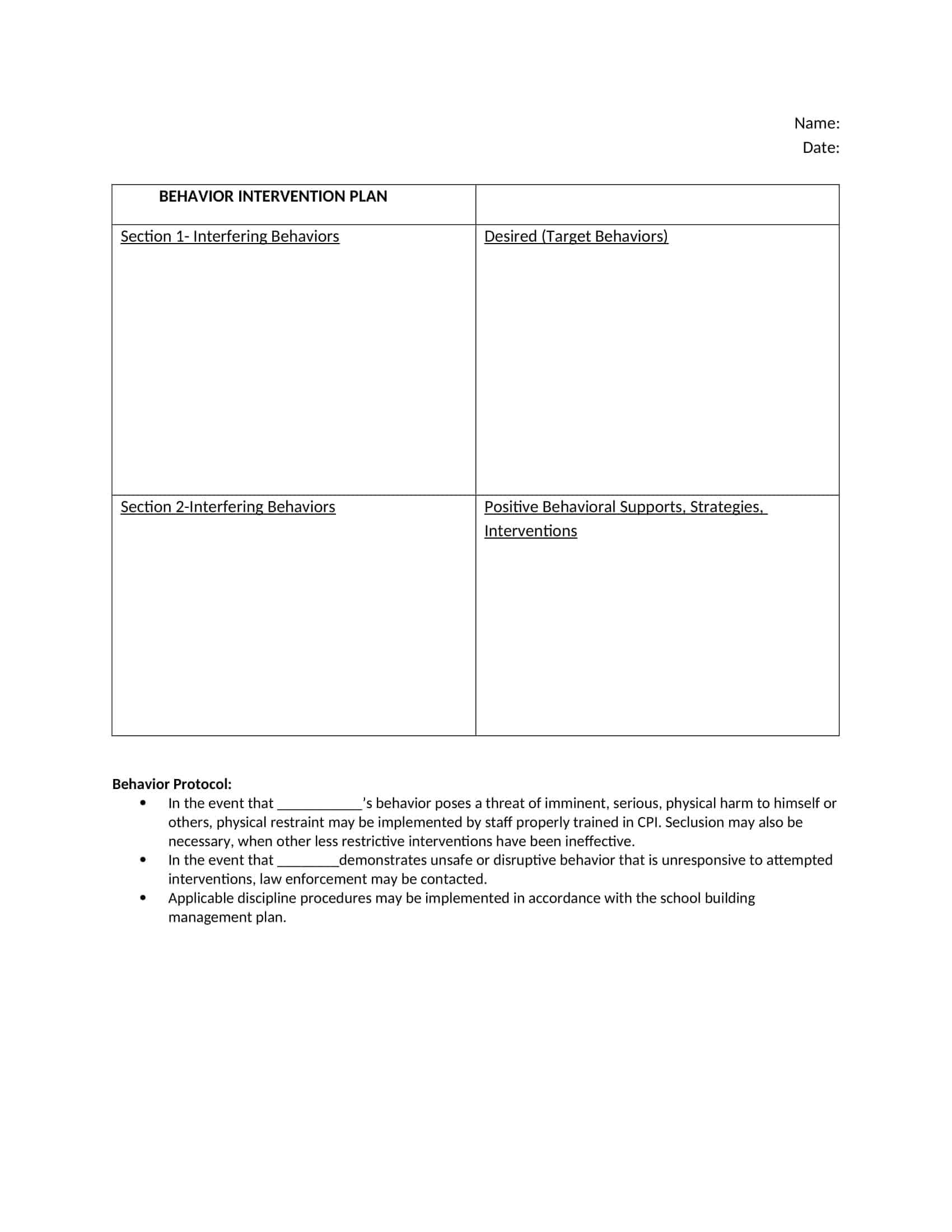



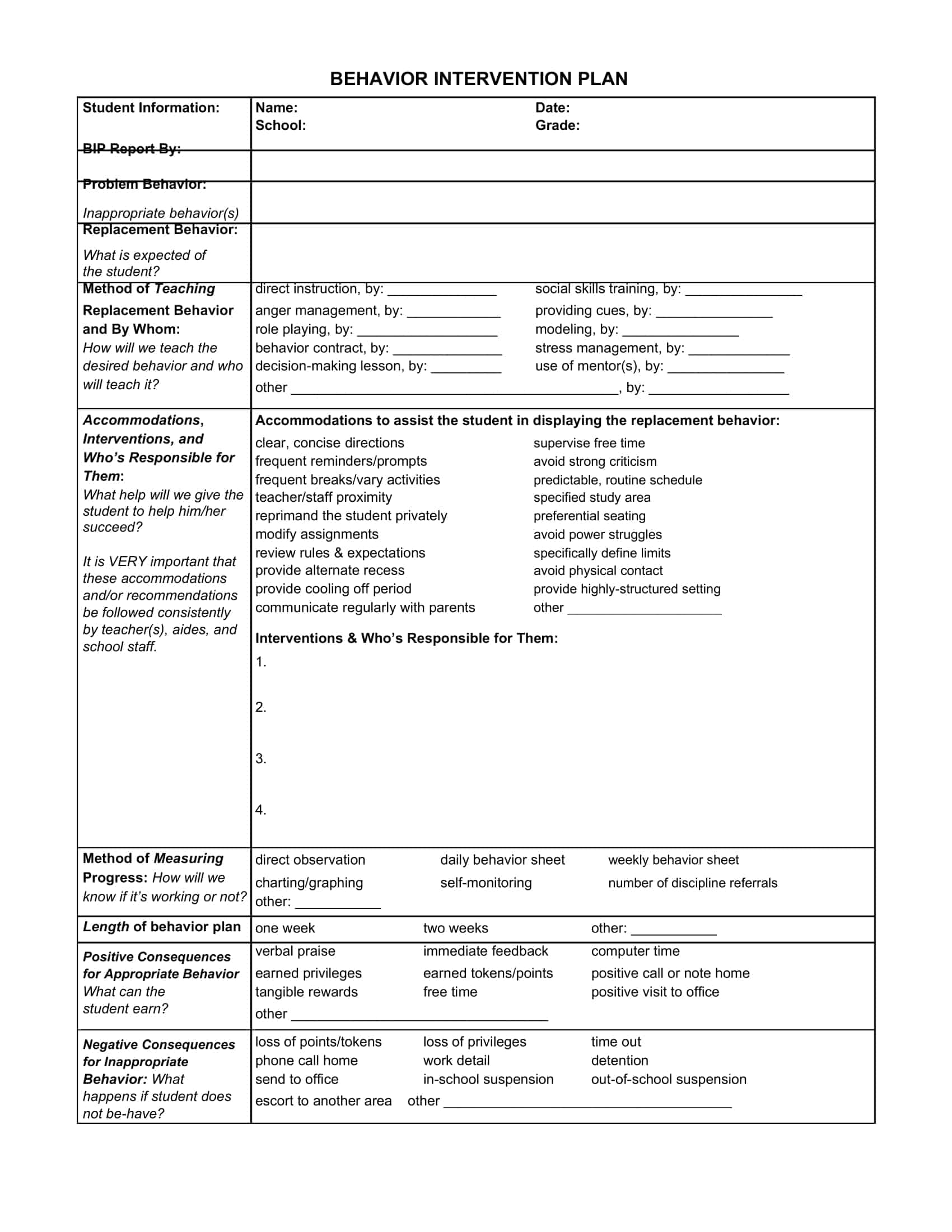





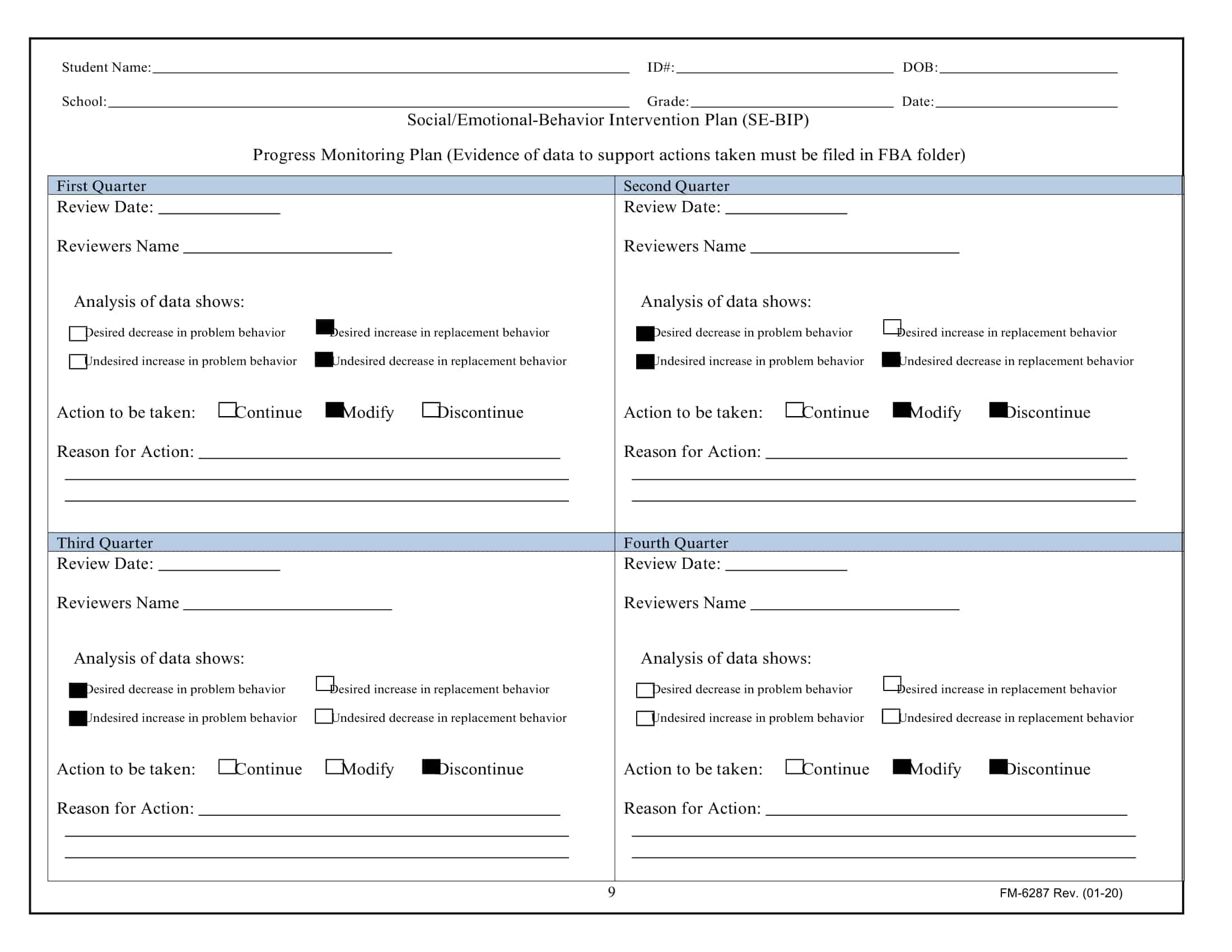













![%100 Free Hoodie Templates [Printable] +PDF 1 Hoodie Template](https://www.typecalendar.com/wp-content/uploads/2023/05/Hoodie-Template-1-150x150.jpg)
![Free Printable Parenting Plan Templates [PDF, Excel] 2 Parenting Plan](https://www.typecalendar.com/wp-content/uploads/2023/05/Parenting-Plan-1-150x150.jpg)
![Free Printable Financial Plan Templates [Excel, PDF, Word] Business Plan 3 Financial Plan](https://www.typecalendar.com/wp-content/uploads/2023/05/Financial-Plan-150x150.jpg)
